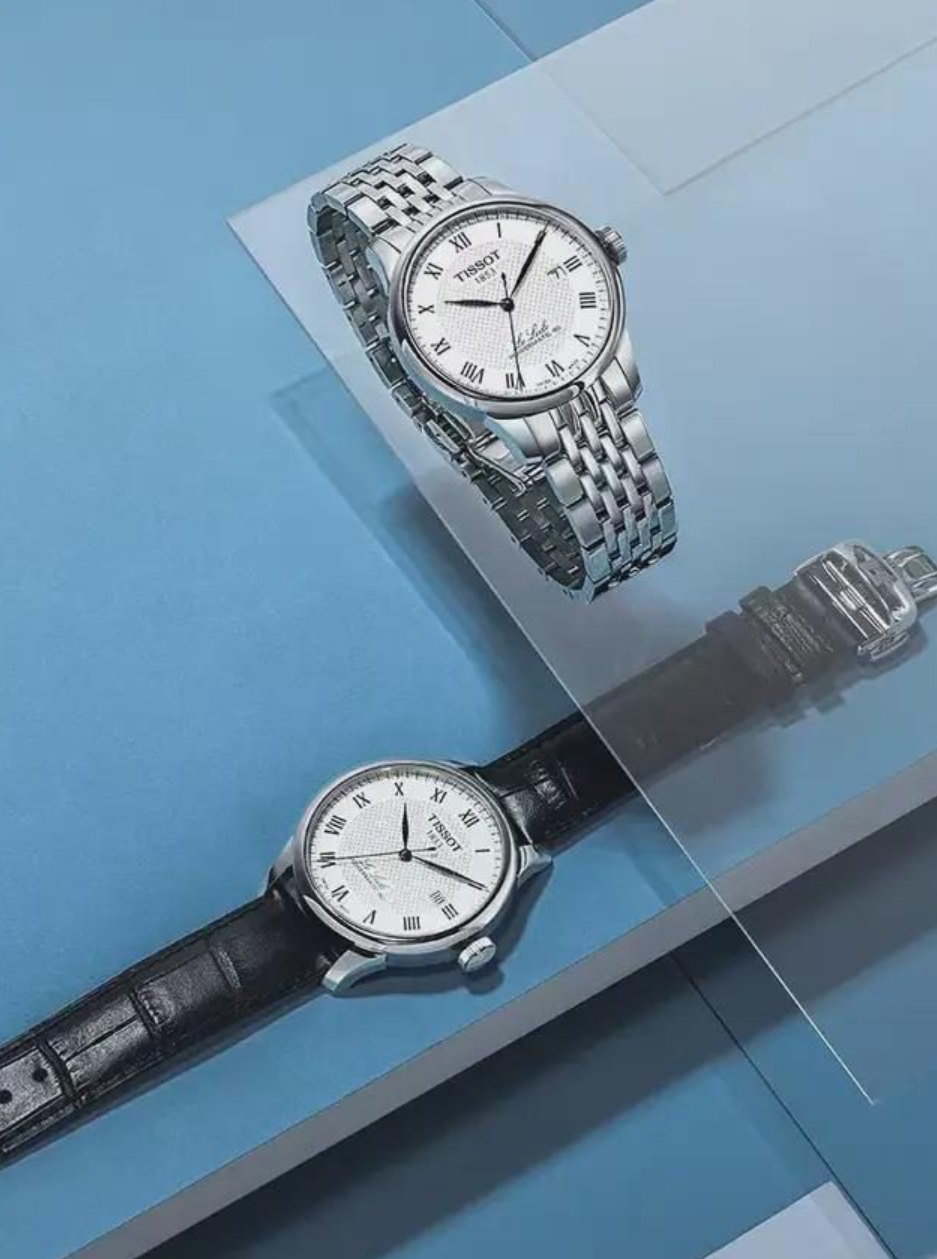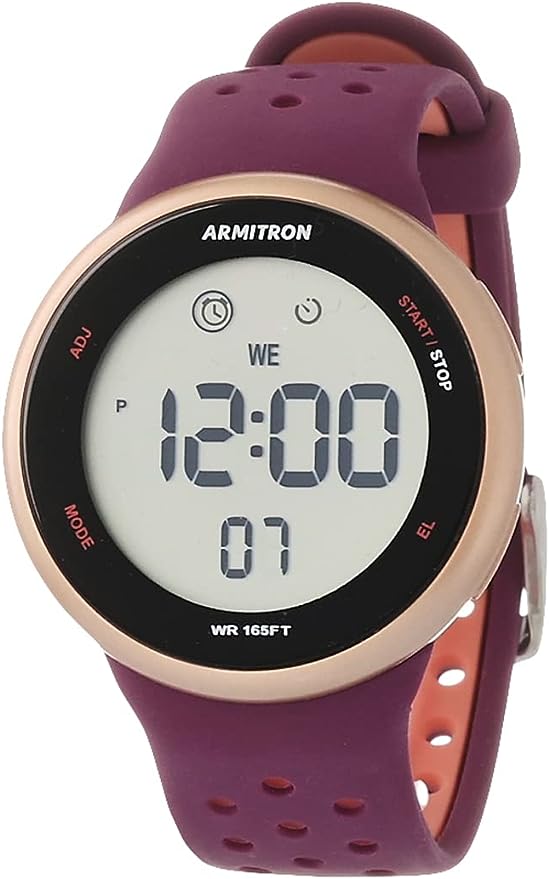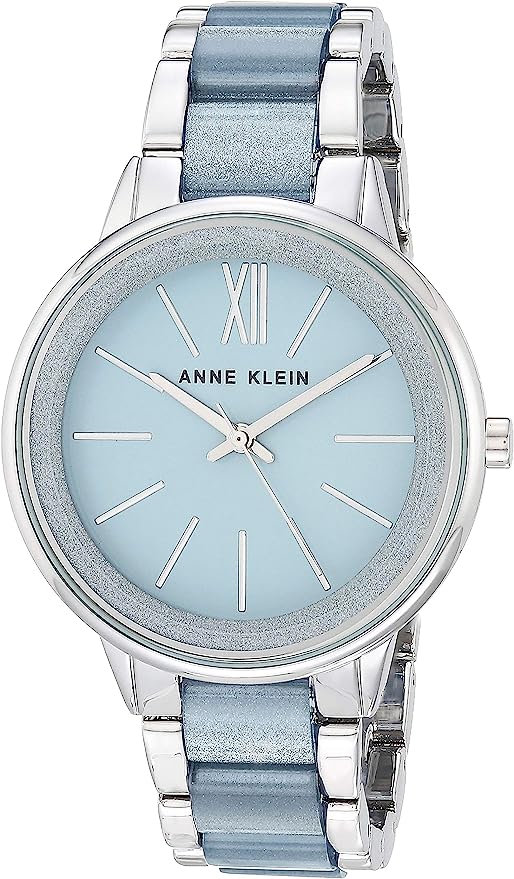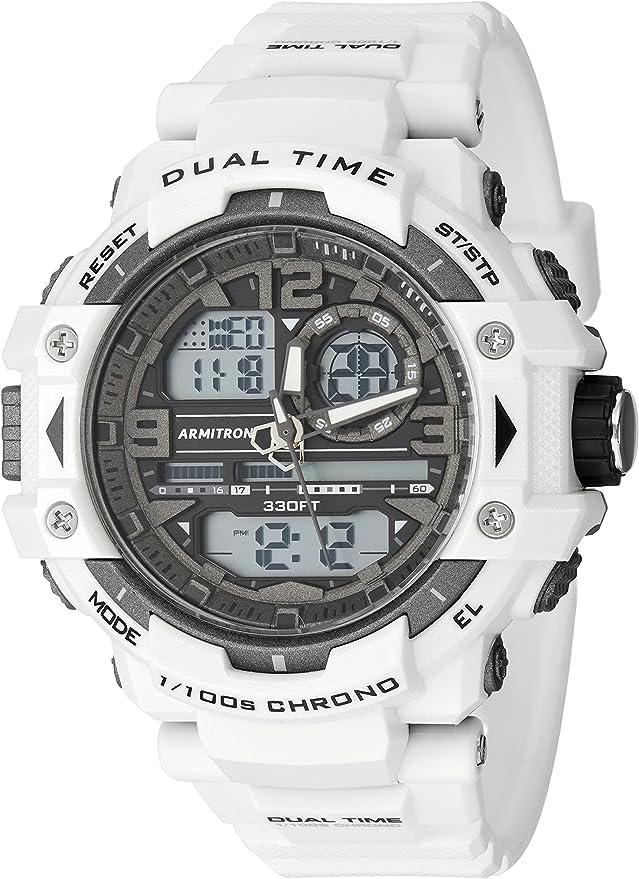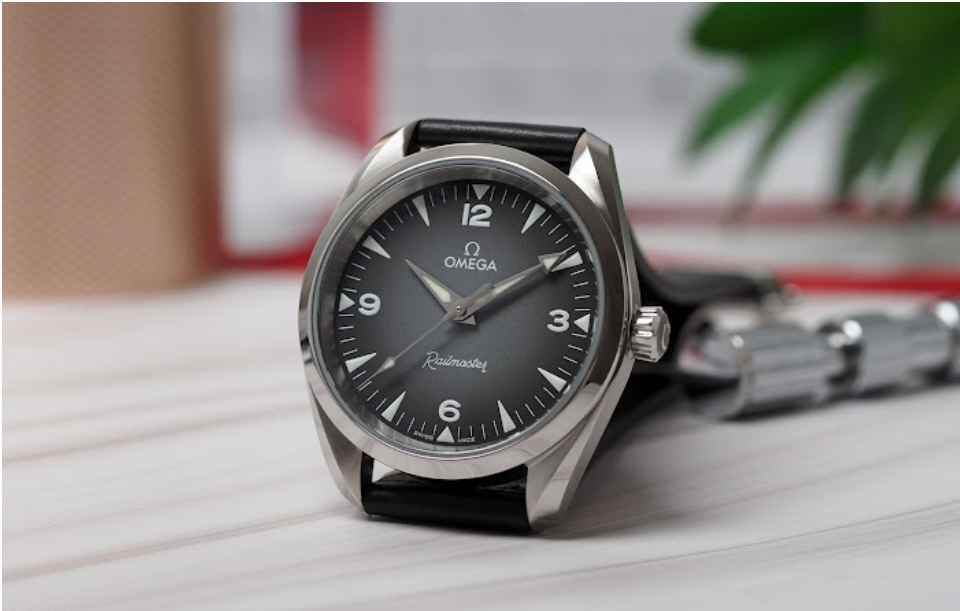Most watch lovers don’t stop at just one. Whether it’s a matter of personal style, dressing for different occasions, or simply the joy of collecting, chances are you’ll accumulate several timepieces over a lifetime. But here’s the thing: you can only wear one at a time. So, what happens to the others when they’re not on your wrist?
Mechanical watches may be built to last, but improper storage can quietly degrade their condition over time. Here’s how to store your mechanical watches safely and correctly—like a true collector.
01 — Return It to the Original Watch Box
One of the simplest yet most effective ways to protect your unused watch is to place it back into its original box. These boxes are usually tailor-made to fit your timepiece perfectly, with shaped cushions and soft padding that shield it from knocks and scratches.
But that’s not all. Original watch boxes are also designed to keep the environment inside dry and clean. Their sealing helps block out moisture, dust, and air contaminants, which means less risk of rust, oxidation, or cosmetic damage.

Pro Tip:
Before storing, always wipe down your watch with a soft microfiber cloth to remove any dirt, sweat, or oils from your skin. This is especially important for luxury materials like white gold or platinum, which can oxidize or stain with prolonged exposure to moisture. If you’re handling high-value metals, wear gloves to prevent accidental smudging or corrosion. Always store the box in a cool, dry, and dark place—away from direct sunlight and magnetic fields from electronics.
02 — Wind It Regularly
Out of sight doesn’t mean out of mind. Just because you’re not wearing your watch doesn’t mean its movement should be ignored.
Mechanical watches—whether manual or automatic—rely on energy stored in the mainspring. Left unwound for too long, the movement halts, lubrication settles, and the internal components risk drying out or stiffening due to friction. Over time, this can impact accuracy or even damage the movement.

How to Wind Properly:
Manual winding typically involves rotating the crown clockwise—usually 20 to 40 turns, depending on the brand and model—until you feel slight resistance. Don’t force it beyond this point, as overwinding can damage the spring. For automatics, you can also give them a gentle shake or use a watch winder if you don’t plan to wear them regularly.
03 — Schedule Routine Checkups
Mechanical watches are intricate machines, composed of hundreds of tiny parts. Like a fine car engine, they need regular servicing—even if they’re not in active use.
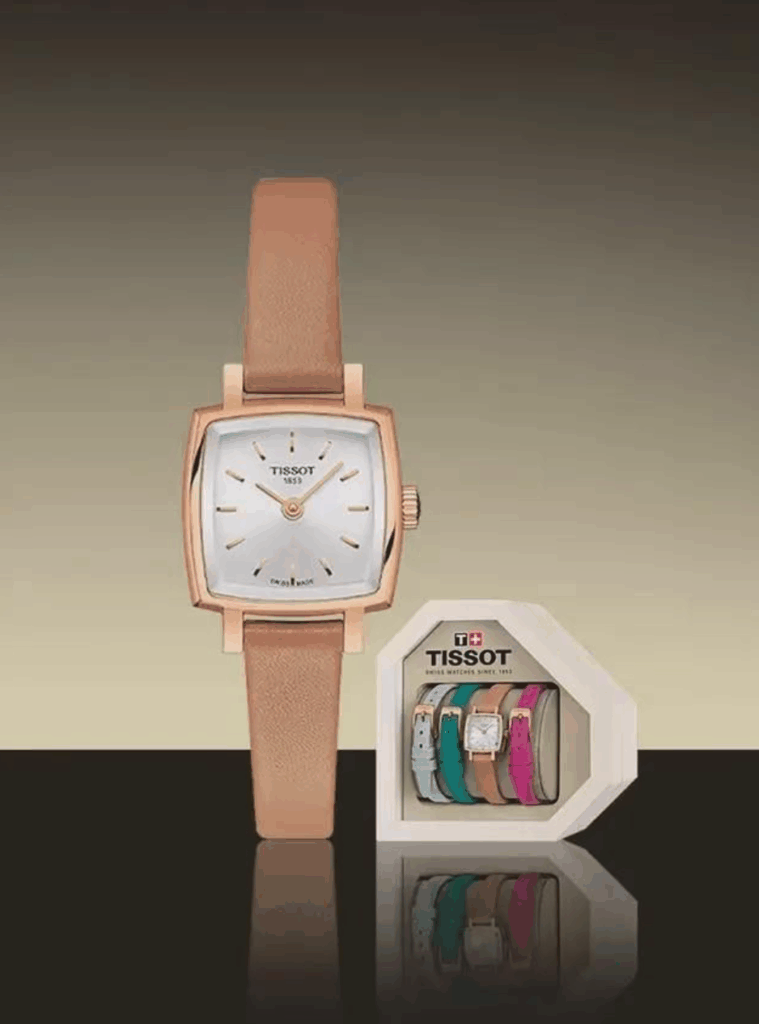
What to Check:
- Exterior: Look for scratches, discoloration, or signs of wear on the case and strap. Leather straps may harden or crack over time, while metal bracelets can loosen or collect debris between links.
- Movement Accuracy: Check if the watch is keeping time properly or if it’s losing/gaining more seconds than normal.
- Water Resistance: Especially if your watch is rated for diving or swimming, test its water resistance annually. Gaskets can dry out or crack, which compromises the seal and could lead to condensation or water ingress.
Catch small problems early, and you’ll save yourself from costly repairs later on.
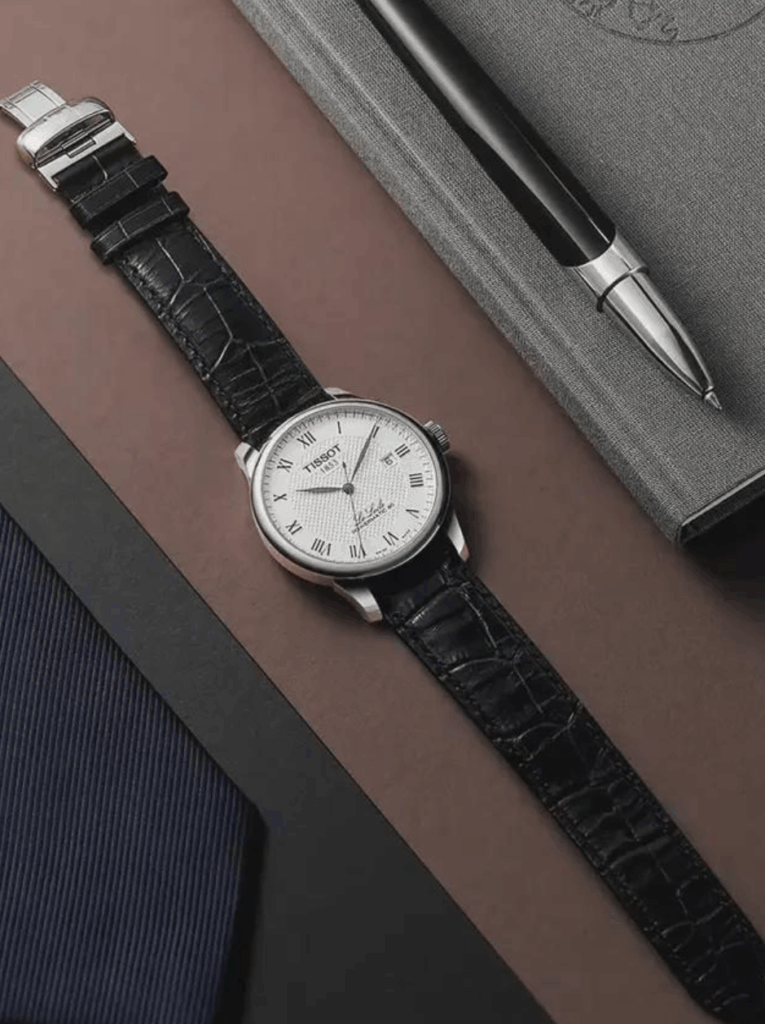
Final Thoughts
A mechanical watch is more than a tool—it’s a legacy. Proper care when it’s not on your wrist ensures that it stays in pristine condition for years, even decades. Whether it’s an everyday diver or a precious heirloom, giving your timepiece the right resting place is just as important as wearing it with style.
Treat your watches like the investments they are, and they’ll reward you with timeless performance.


